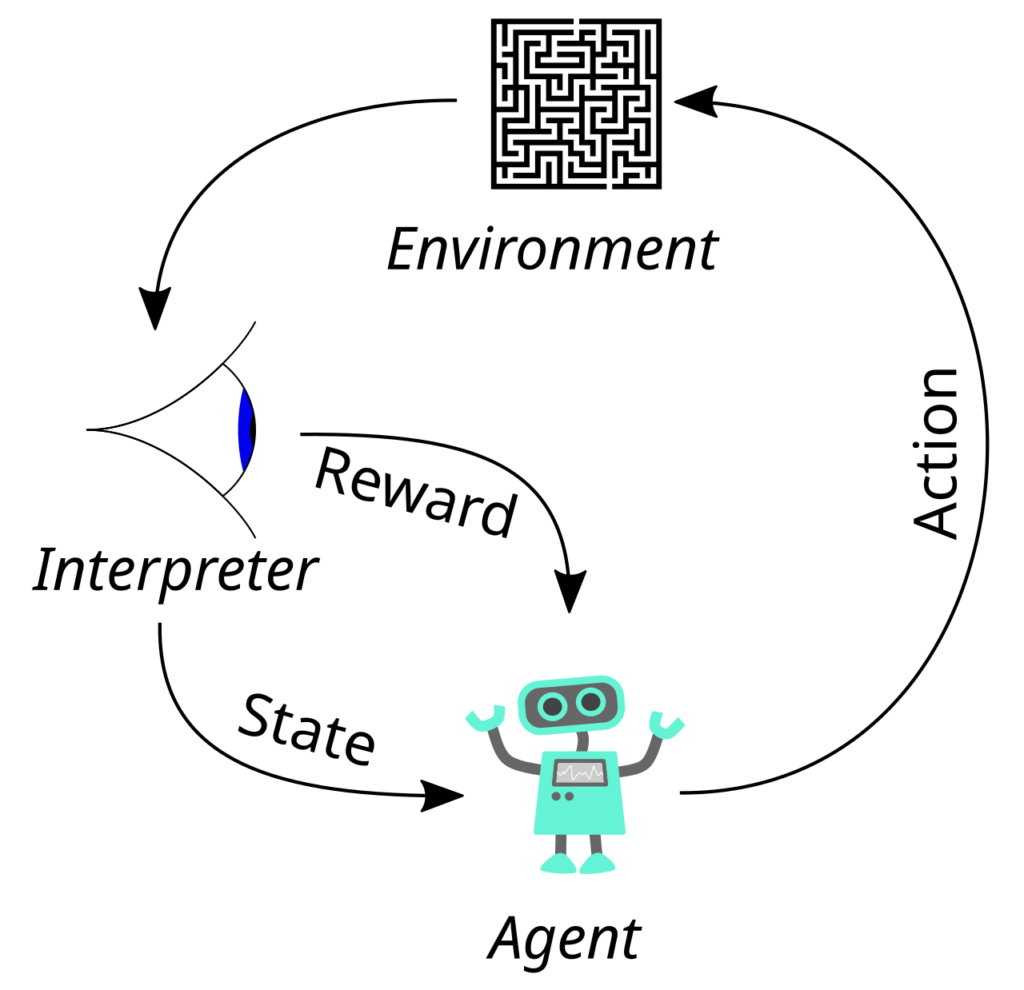Example of a Sales prediction business case
For the last five years, we have learned how much a company spends on marketing a product and, as a consequence, its sales.
What is the prediction of Sales Amount, if we spend 2700€ in Marketing budget?

Vocabulary
- The train data usually refers to old data
- The test data usually refers to future data
- A model is a Machine Learning method
- We usually give the machine train data, in order
it to learn - A variable is a feature
How a machine predicts future features? Is it magical?
As the prediction word looks wrongly miraculous, it is wise to replace it by estimation using mathematical / statistical / computer calculations
Machine learning is estimating one response variable. For this task, it requires one or many explanatory variables. Considering the previous associations of explanatory/response variables provided some new explanatory variables, the machine will estimate the response variable
Remark: prediction of several response variables is also possible, indeed it’s derived from prediction of one response variable.
Resuming the Sales example
In the data below, the Sales amount is the consequence of the marketing budget. Hence, the Sales amount is the response variable, and marketing is the only explanatory variable.
We’ll determine in this post, one model for predicting the Sales amount, if the Marketing budget is 2700€:
https://vgir.fr/2019/06/04/linear-regression/
| Marketing budget € | Sales amount € | |
| Year 1 | 2120 | 19240 |
| Year 2 | 2300 | 28500 |
| Year 3 | 2410 | 32010 |
| Year 4 | 2530 | 37020 |
| Year 5 | 2600 | 40580 |
What kind of response variable can Machine Learning predict?
There are 2 kind of features:
- Categorical
variable which is a choice between limited values
Is the picture designing a cat or a dog or a bird?
Will the customer buy our new product if we send him
an ad mail: yes or no?
- Continuous
variable which is a numerical value
What will the weight of the parcel be in kg? 4.7? 5.3? 8.6?
How much time before the tool breaks in hours? 50? 165?
How much will be next year’s sales in €? 35000? 36000?
Categorization of Machine Learning
Machine learning is subdivided into 3 categories:
- Supervised
- Unsupervised
- Reinforcement
Learning
Supervised
The correct answer (target variable) is provided to the machine in order along with the train data
Example:
The Machine must recognize pictures of cats and dogs. First, it receives a set of hundreds or thousands of pictures of animals, and for each picture, the information “cat” or “dog” is sent.

Test Data: we provide only pictures to the machine and ask it, if it represents cat/dog/bird

Some models for supervised machine learning:
- Linear
Regression: see next post for the example “Sales Report” - Decision Tree
- Random Forest
- Boosted Tree
Unsupervised
No correct answer (target variable) is provided to the Machine with train data.
We don’t know the correct answer, and the task of the Machine is to find it
Example:
We have a color picture. We indicate to the Machine that it must convert this picture into only 4 colors in order to print this picture with reduced cost.
As we don’t know which color to use, and which pixel to replace by which color, we cannot give the information of the optimal 3-color picture

Some models for unsupervised machine learning:
- k-means
clustering: it had been used for the 3-color image - k nearest
neighbours – KNN
The Machine is learning through iterations: it generates its own experiments, gets a result after each experiment, and takes this result into account during the next iteration
Example:
A machine is learning to play chess. It plays, is doing mistakes, and loses. Hopefully, at each new game iterations is doing latest mistakes or smallest mistakes and progress through the game

Some models for reinforcement machine learning, Neural Networks:
- Convolutional
neural network- CNN - Recurrent
neural network – RNN
The Neural Networks are also called Deep Learning: hence, Deep Learning is a sub-area of Machine Learning
Reinforcement Learning
This is a balance between exploration (Unsupervised) and exploitation (Supervised).

The typical framing of a Reinforcement Learning (RL) scenario: an agent takes actions in an environment, which is interpreted into a reward and a state representation, which are fed back to the agent.
https://en.wikipedia.org/wiki/Reinforcement_learning
andFor instance, it is applied to a self-driving car: the vehicle has to learn by itself, plus it is humanly helped, so the progress is optimized.